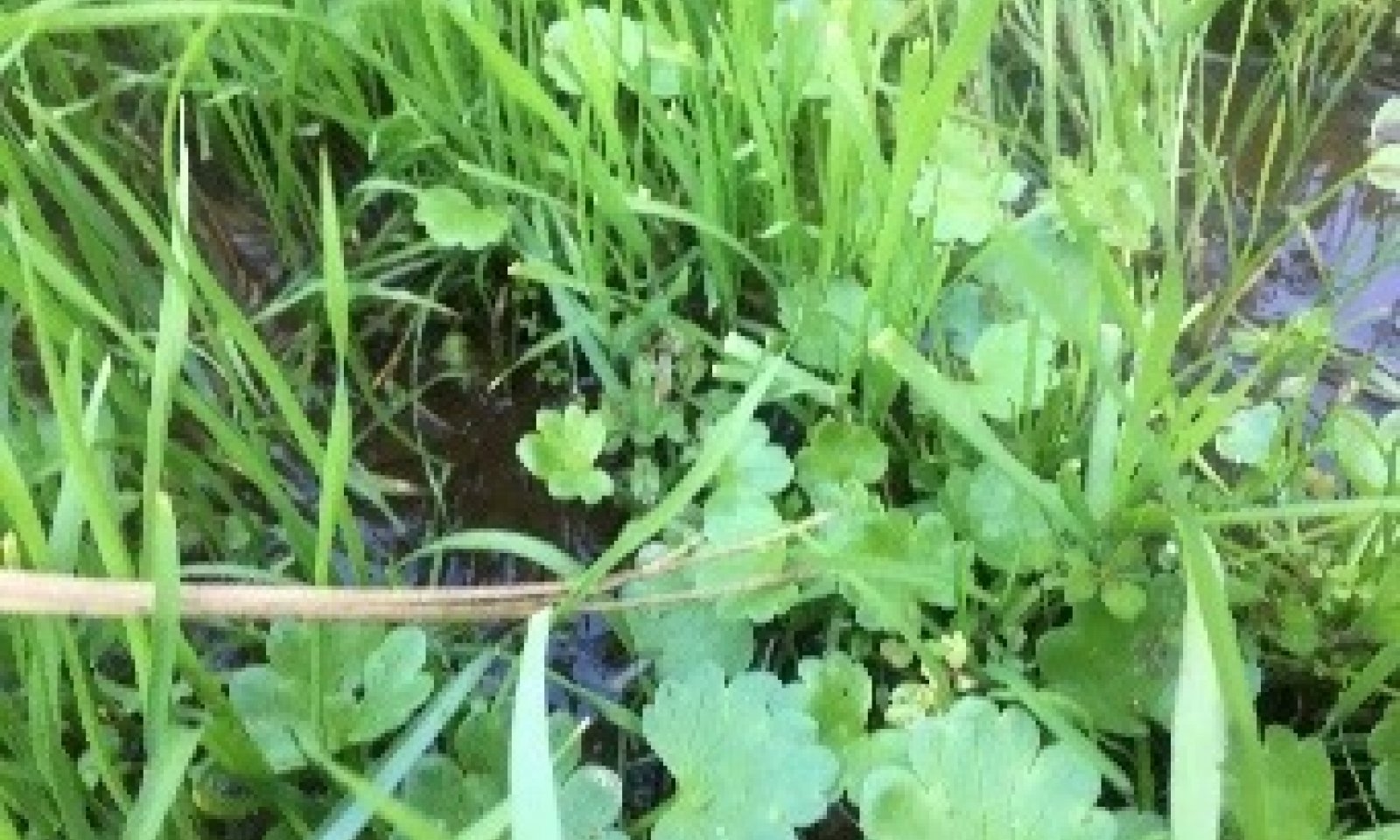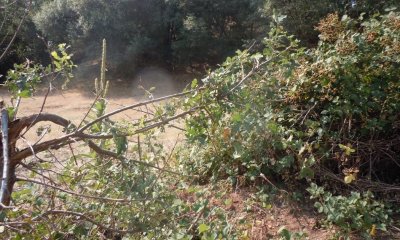
Low Gradient, Concave Depressions
Scenario model
Current ecosystem state
Select a state
Management practices/drivers
Select a transition or restoration pathway
- Transition T1.a More details
- Restoration pathway R2.a More details
-
No transition or restoration pathway between the selected states has been described
Target ecosystem state
Select a state
Mechanism
This transition occurs when Himalayan blackberries (Rubus armeniacus) become established in the site, often following disturbances (flooding, fire, etc.). Once established, they quickly spread through all CC’s within this ecological site. RUAR reproduces both sexually and vegetatively (sprouting vigorously following fire), they also can tolerate periods of inundation. The poplars and valley oak components in the upland (CC4) can generally persist, as they occupy a different stata, however regeneration may not be able to be established given the pervasive nature of RUAR
Mechanism
Usually blackberry eradication is costly and may require several treatments. Chemical treatment with conjunction with hand pulling can be effective, but it is time intensive. Mowing or burning to reduce the larger vines can be followed up with goat grazing during the spring (goats generally will not touch the thick, thorny and woody material, but may go for green shoots).
Model keys
Briefcase
Add ecological sites and Major Land Resource Areas to your briefcase by clicking on the briefcase (![]() ) icon wherever it occurs. Drag and drop items to reorder. Cookies are used to store briefcase items between browsing sessions. Because of this, the number of items that can be added to your briefcase is limited, and briefcase items added on one device and browser cannot be accessed from another device or browser. Users who do not wish to place cookies on their devices should not use the briefcase tool. Briefcase cookies serve no other purpose than described here and are deleted whenever browsing history is cleared.
) icon wherever it occurs. Drag and drop items to reorder. Cookies are used to store briefcase items between browsing sessions. Because of this, the number of items that can be added to your briefcase is limited, and briefcase items added on one device and browser cannot be accessed from another device or browser. Users who do not wish to place cookies on their devices should not use the briefcase tool. Briefcase cookies serve no other purpose than described here and are deleted whenever browsing history is cleared.
Ecological sites
Major Land Resource Areas
The Ecosystem Dynamics Interpretive Tool is an information system framework developed by the USDA-ARS Jornada Experimental Range, USDA Natural Resources Conservation Service, and New Mexico State University.








